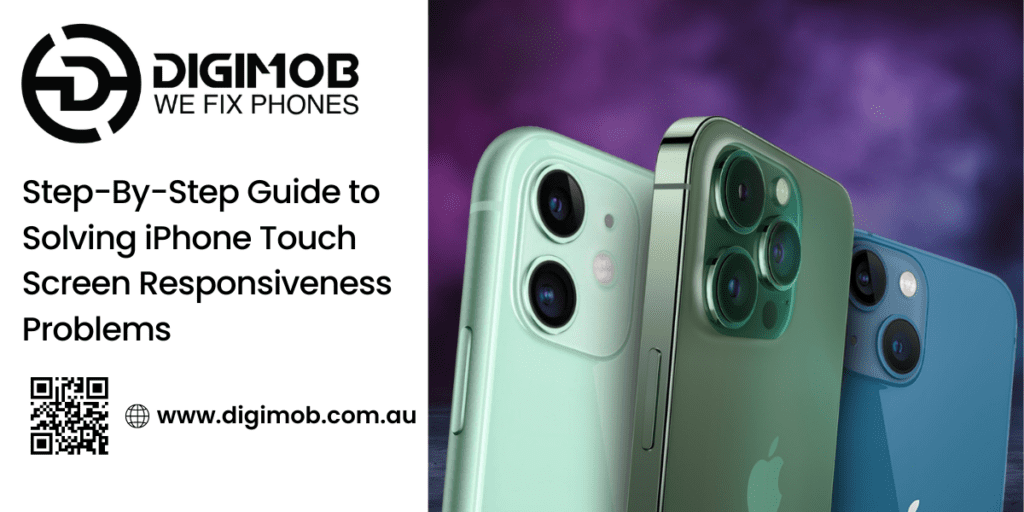Step-By-Step Guide to Solving iPhone Touch Screen Responsiveness Problems

If you’re having trouble with your iPhone’s touch screen not being as responsive as it should be, you’re not alone. It’s a common issue, but don’t stress—there are a few simple steps you can follow to try and fix it. Here’s a straightforward guide to get your iPhone’s touch screen back in tip-top shape.
1. Give It a Clean
Sometimes, the problem isn’t with the screen itself but with a bit of grime. Grab a soft, lint-free cloth and gently wipe your screen. Make sure you’re not using anything too wet—just a slightly dampened cloth will do the trick. Dirt, grease, and fingerprints can sometimes interfere with touch sensitivity.
2. Check for Screen Protectors
If you’re using a screen protector, it could be the culprit. Sometimes, protectors don’t sit well or have air bubbles, which can affect the touch screen’s responsiveness. Try removing the protector and see if the screen’s responsiveness improves. If you find that removing it helps, you might want to get a new one or adjust the current one properly.
3. Restart Your iPhone
A simple restart can work wonders for many issues. Press and hold the side button along with the volume down button (or just the side button, depending on your iPhone model) until the “slide to power off” slider appears. Slide to turn off your iPhone, wait a few seconds, and then turn it back on. This can refresh your iPhone’s software and fix minor glitches.
4. Update iOS
Outdated software can sometimes cause touch screen issues. Make sure your iPhone is running the latest version of iOS. To check for updates, go to Settings > General > Software Update. If there’s an update available, follow the on-screen instructions to install it. This could resolve bugs or issues affecting your touch screen.
5. Reset All Settings
If the problem persists, you might want to reset your settings. This won’t delete your data but will reset system settings like Wi-Fi passwords and wallpaper. To do this, go to Settings > General > Reset > Reset All Settings. After your iPhone restarts, you’ll need to reconfigure some settings, but this can sometimes fix touch screen issues.
Read more: Step-By-Step Guide to Solving iPhone Touch Screen Responsiveness Problems



Comments
Post a Comment